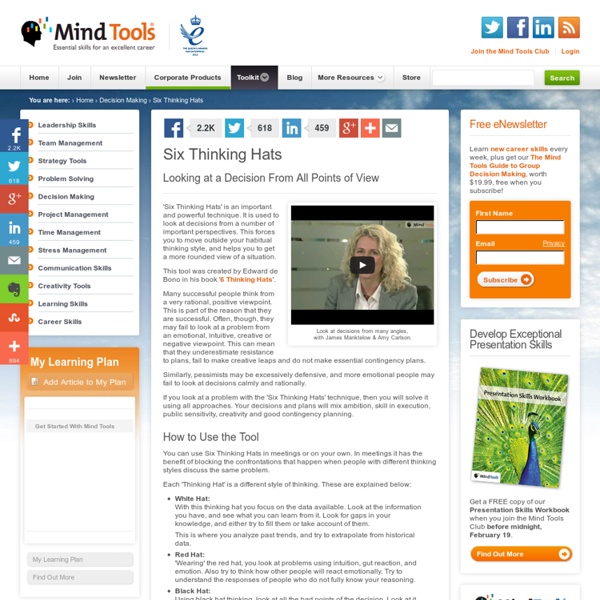Six Thinking Hats - Decision-Making Skills Training from MindTools.com - 6 Thinking Hats.

Convert PDF to Word Free Online
How To Make A Stylish Photo Frame For Several Photos
Here is a simple yet stylish photo frame that can accomodate quite many photos at once. The idea is very simple. Fasten twines on the empty frame and hang photos using clothes pins on them. You can use a frame you bought or a frame you made by yourself.
Chris Crawford (game designer)
Chris Crawford, 2011 After receiving a B.S. in physics from UC Davis in 1972 and an M.S. in physics from University of Missouri in 1975, Crawford taught at a community college and the University of California. Using the knowledge gathered while writing these games, he helped produce technical documentation covering most of the advanced features of the Atari computer, from the hardware assisted smooth scrolling to digitized sounds, with the information presented in a friendly format for a wide audience. Crawford acknowledged that his views on computer game design were unusual and controversial. Crawford admitted that some critics called his games inaccessible:[1] In many ways, I'll agree with it. At the 1992 CGDC, Chris Crawford gave "The Dragon Speech",[4] which he considers "the finest speech of [his] life".[5] Throughout the speech, he used a dragon as a metaphor for video games as a medium of artistic expression. Insanity is an inability to come to terms with reality.
25 clever ideas to make life easier
Via: amy-newnostalgia.blogspot.com Why didn’t I think of that?! We guarantee you’ll be uttering those words more than once at these ingenious little tips, tricks and ideas that solve everyday problems … some you never knew you had! (Above: hull strawberries easily using a straw). Via: apartmenttherapy.com Rubbing a walnut over scratches in your furniture will disguise dings and scrapes. Via: unplggd.com Remove crayon masterpieces from your TV or computer screen with WD40 (also works on walls). Via: athomewithrealfood.blogspot.com Stop cut apples browning in your child’s lunch box by securing with a rubber band. Via: marthastewart.com Overhaul your linen cupboard – store bedlinen sets inside one of their own pillowcases and there will be no more hunting through piles for a match. Via: realsimple.com Pump up the volume by placing your iPhone / iPod in a bowl – the concave shape amplifies the music. Via: savvyhousekeeping.com Re-use a wet-wipes container to store plastic bags. Via: iheartnaptime.net
Inspired Entertaining: DIY Chalkboard Wine Glasses
Last month I got an email from one of those "deal of the day" websites featuring a very cute set of wine glasses with chalkboard stems from a company called Chalkboard China. I've seen chalkboard glasses before, and always thought them to be a fun and chic way for guests to keep track of their glass throughout the night so you don't end up with mixed-up glasses or dozens of half-full glasses left around the house. But all the ones I've seen in stores feature a strip of chalkboard paint across the bowl of the glass, which I've always felt looks awkward and takes away from the beauty of the wine or beverage in the glass. What I like about this version is that the writing part is at the bottom on the stem and foot of the glass, so it doesn't compete with the beverage. I also like that the simple black foot on the glass is in itself an elegant design element, and would work just as well with no writing on it. So I figured, "I can totally make that myself!" Materials 1. 2. 3. Method Step 1.
Related:
Related:



